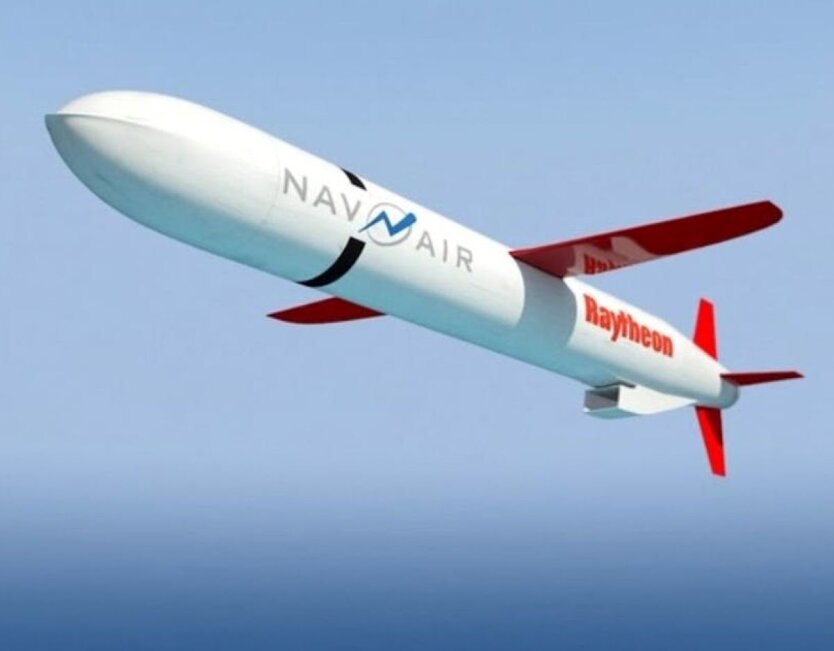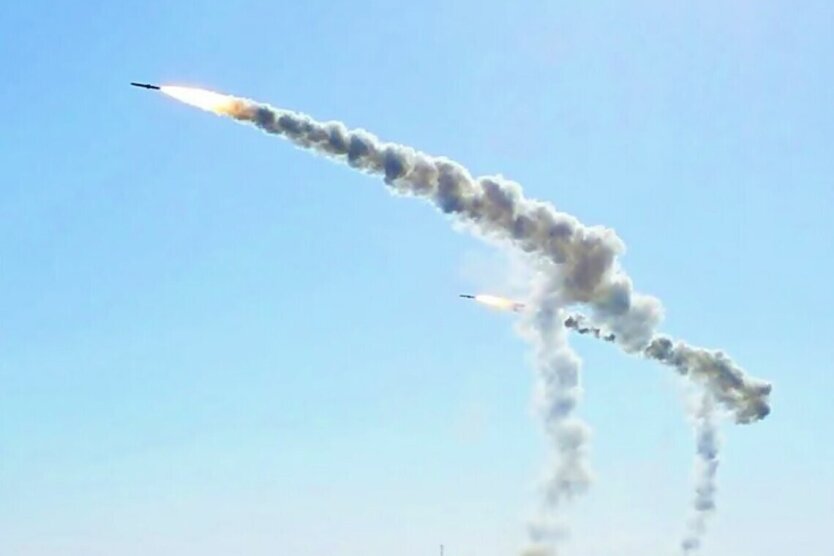Response to the Russian Threat: The Netherlands Arm Their Fleet with Tomahawk Missiles.


The Dutch military frigate has successfully tested the Tomahawk cruise missile off the coast of the USA. This indicates that the Netherlands has taken an important step in developing its military capabilities, which may alter its role in NATO and the geopolitical situation in Northern Europe.
Several weeks ago, the U.S. Department of State approved a potential sale of military equipment to the Netherlands worth $2.19 billion. The deal includes the acquisition of 163 Tomahawk Block V missiles, 12 Block IV missiles, and associated systems.
The Defense Security Cooperation Agency has informed Congress about this deal, indicating a significant enhancement of the firepower of the Dutch fleet. This is not merely an acquisition of advanced weaponry, but a strategic strengthening of a technologically advanced country in a region that is facing Russian aggression and an evolution of NATO's defensive stance.
This deal includes 163 Tomahawk Block V missiles, 12 Block IV missiles, up to 10 Tomahawk tactical missile control systems, and two Block IV telemetry rounds, as well as a package of accompanying equipment, training, and logistics.
According to the Defense Security Cooperation Agency, this acquisition will enhance the Netherlands' ability to counter current and future threats and provide long-range strike capabilities, as well as support cooperation with NATO.
The deal is valued at approximately $2.19 billion and includes the integration of missiles onto the Dutch fleet frigates. This is the first Time that the Netherlands is receiving such strategic weaponry, which could alter its role in collective defense.
The Netherlands' decision to acquire Tomahawk missiles is part of their efforts to modernize military equipment, which have gained momentum following the Russian invasion of Ukraine in 2022. In September 2024, a defense document was published, planning an increase in annual defense spending of $2.66 billion, exceeding NATO's standard of 2% of GDP.
This deal sends a clear geopolitical signal. In the regions of the North Sea and the Baltic, where Dutch frigates operate, the situation is becoming increasingly tense. The potential of the Tomahawk missile to pose a threat to Russian assets from Kaliningrad to the Kola Peninsula strengthens NATO's position.
The successful test launch from the frigate HNLMS De Ruyter implements this technology in March 2025 off Norfolk, Virginia.
Read also
- Russia changed its terror tactics: CNN explained how Putin is trying to break Ukrainians
- Ukrainians were explained how lowering the conscription age to 18 will affect the Armed Forces
- The Prime Minister of Israel Postponed His Son's Wedding Due to Operation Against Iran
- British intelligence reports North Korea's losses in Kursk
- Strike from Within: Ukraine and Israel Showcase New Warfare Tactics, - NYT
- Israel struck a record long-range attack on an airport in Iran










